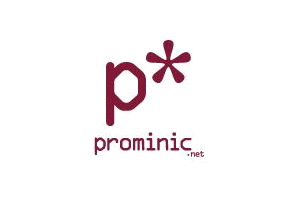An interesting update on the Sametime Gateway architecture
Tags :Sametime Gateway SIP
This is something I did not know and never would have encountered due to the way I implement this solution at customer sites. In the Gateway configuration you specify a local Sametime Community. Which of course is where your users reside. Well you only specify one server in this listing (or I should say one DNS name) for connectivity. The Gateway then goes about it's business and starts serving presence awareness and chat services for the public providers.
Well unknown to me, if you do not run in a central clustered environment and have users spread across servers that may be geographical or just in the same place , but not clustered, the gateway needs and wants a port 1516 connection to each and every server, which it then holds in a local file. This does not worry me as much as it appears some company security groups.
The Gateway is just what the name applies, a gateway. Just how you deploy external SMTP servers and then only allow them in through the firewall, via trusted IP's usually, this acts the same. So have no fear, the Gateway is doing it's job by not storing data and only offering a direct connection to the public providers and then 'proxying' the traffic to Sametime. Your user directory is not affected as well as you can control which providers come into the Gateway and then how just the Gateway communicates to Sametime.
So do not freak out, it is all in how you present it to the team in most places. Those that still don't get it, probably never will.
blog comments powered by Disqus
On Monday, October 8th, 2007 by Chris Miller








